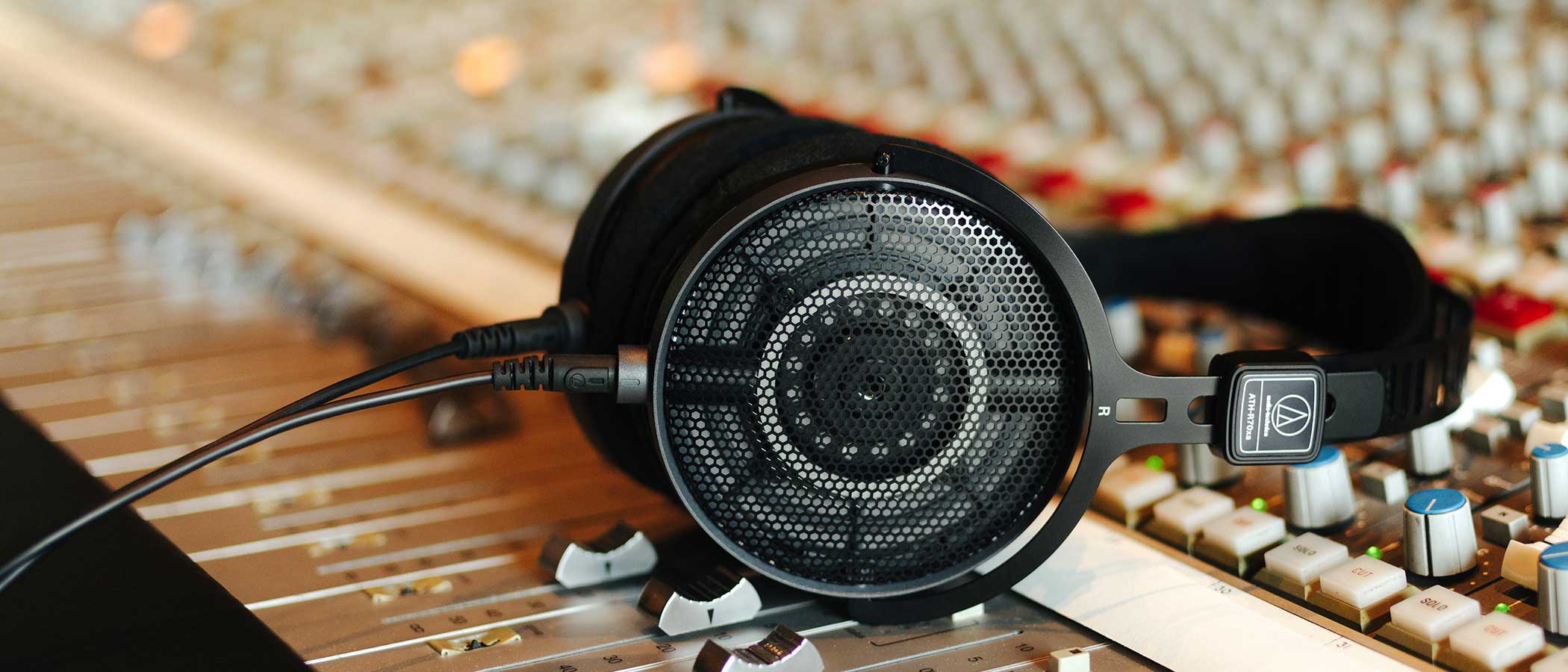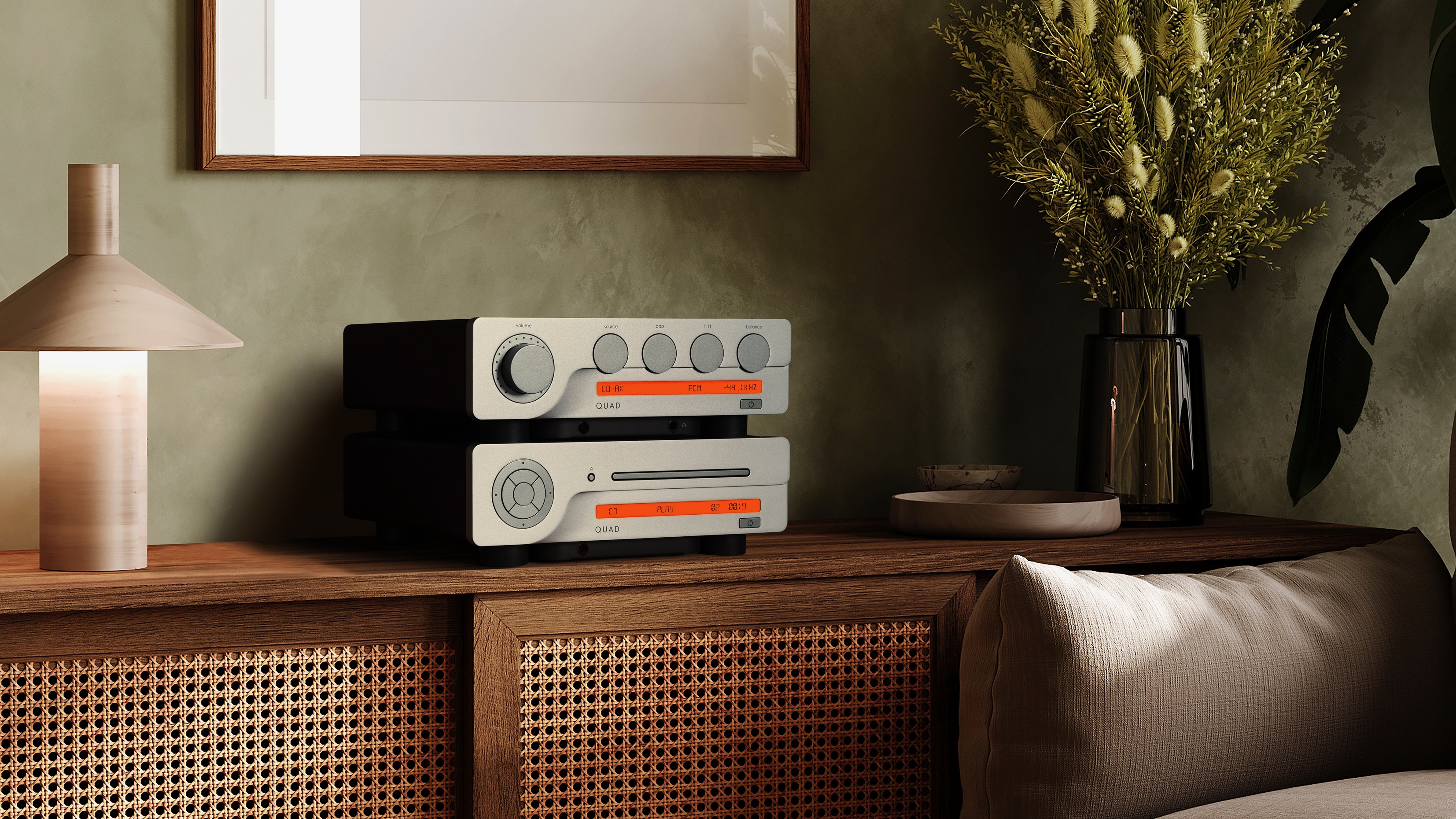Sound+Image Verdict
Those raised on what is sometimes called ‘street’ sound – deliberately fat and pushed bass – they may never settle into the neutrality of the R70xa. For the rest of us, they’re a literal breath of fresh air for natural-sounding listening sessions, and potentially a mixing mainstay for those making their own music.
Pros
- +
Music without restraint
- +
Incredibly pure bass
- +
Open wide highs
- +
Super lightweight
Cons
- -
Suitable headphone amp required for their 470-ohm impedance
Why you can trust What Hi-Fi?
In Sound+Image magazine we recently reviewed the entry-level headphones in this range, Audio-Technica’s ATH-R30x open-back reference headphones, which are priced at what we thought to be a remarkably low £85 / US$109 / A$219.
This led us to wonder how much better the higher R-series headphones from the company might be, as they rise from the R30x up through the ATH-R50x to the rangetopping ATH-R70xa, priced at £299 / US$379 / A$499.
The Australian distributors TAG very kindly volunteered a pair for review. Note that this top ‘R’ series model has ‘a’ on the end – there was already an R70x on the market; as we write it’s still listed on Audio-Technica’s Australian website at $569, although out of stock. Given that the ‘a’ indicates an ‘enhanced’ version, it’s rather pleasing to see the price reduced from that of its predecessor.
It’s similarly refreshing to find a flagship pair of headphones at a price of £299 / US$379 / A$499 in a world where headphone prices have crept towards the stratosphere in a number of arenas. But this is partly because these R70xa models fall into Audio-Technica’s ‘professional’ ranges, and we’re regularly noting that there are headphone bargains to be found among designs intended for studio use and home mixing. It seems that the professionals these days have less money to spend than enthusiastic consumers, since in the home Audio-Technica can offer open headphones up to the ATH-ADX3000 and ADX5000, priced up in the thousands of dollars.
But the professional rangetoppers, just £299 / US$379 / A$499. So what do you get?
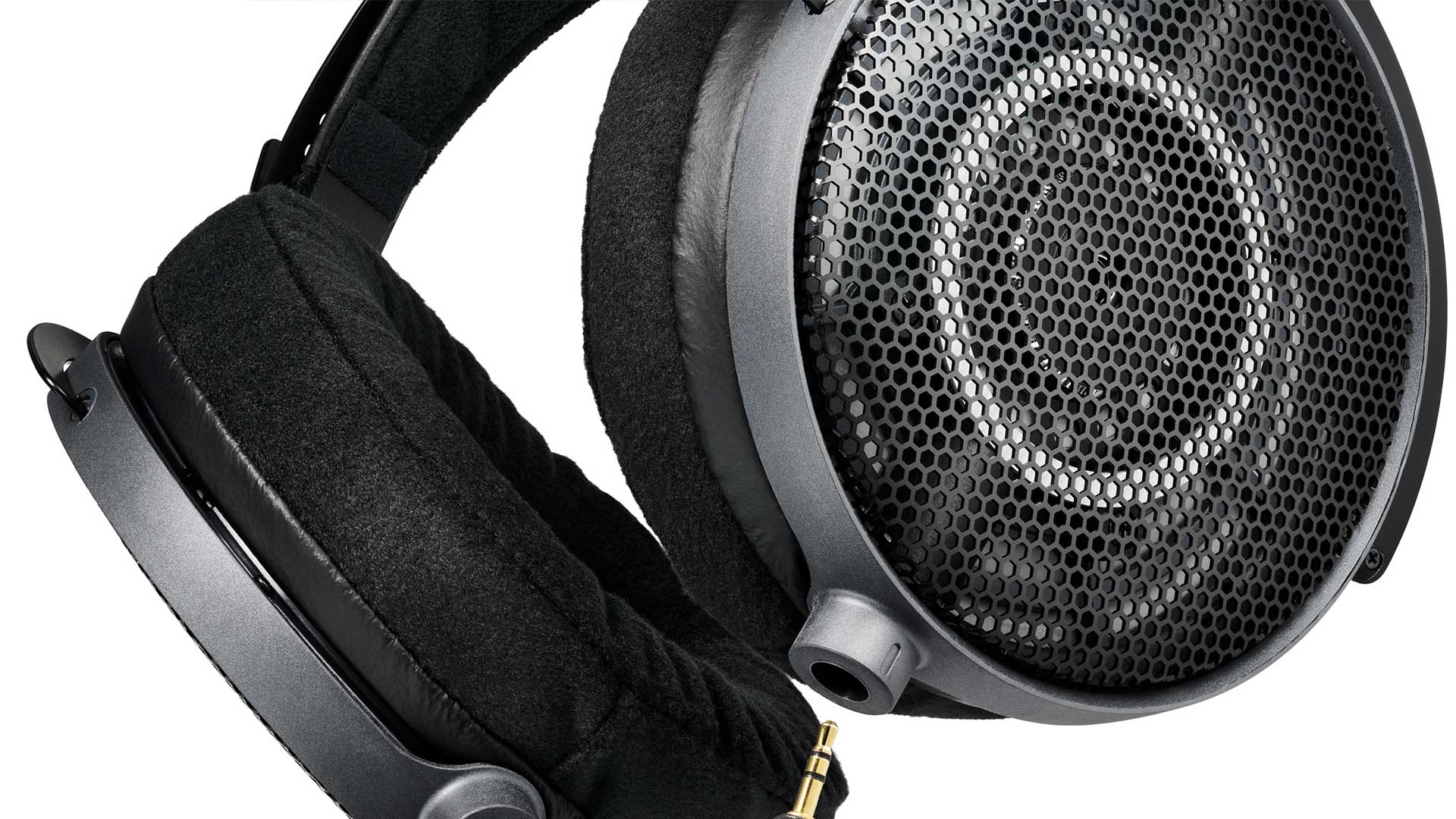
Design & fit
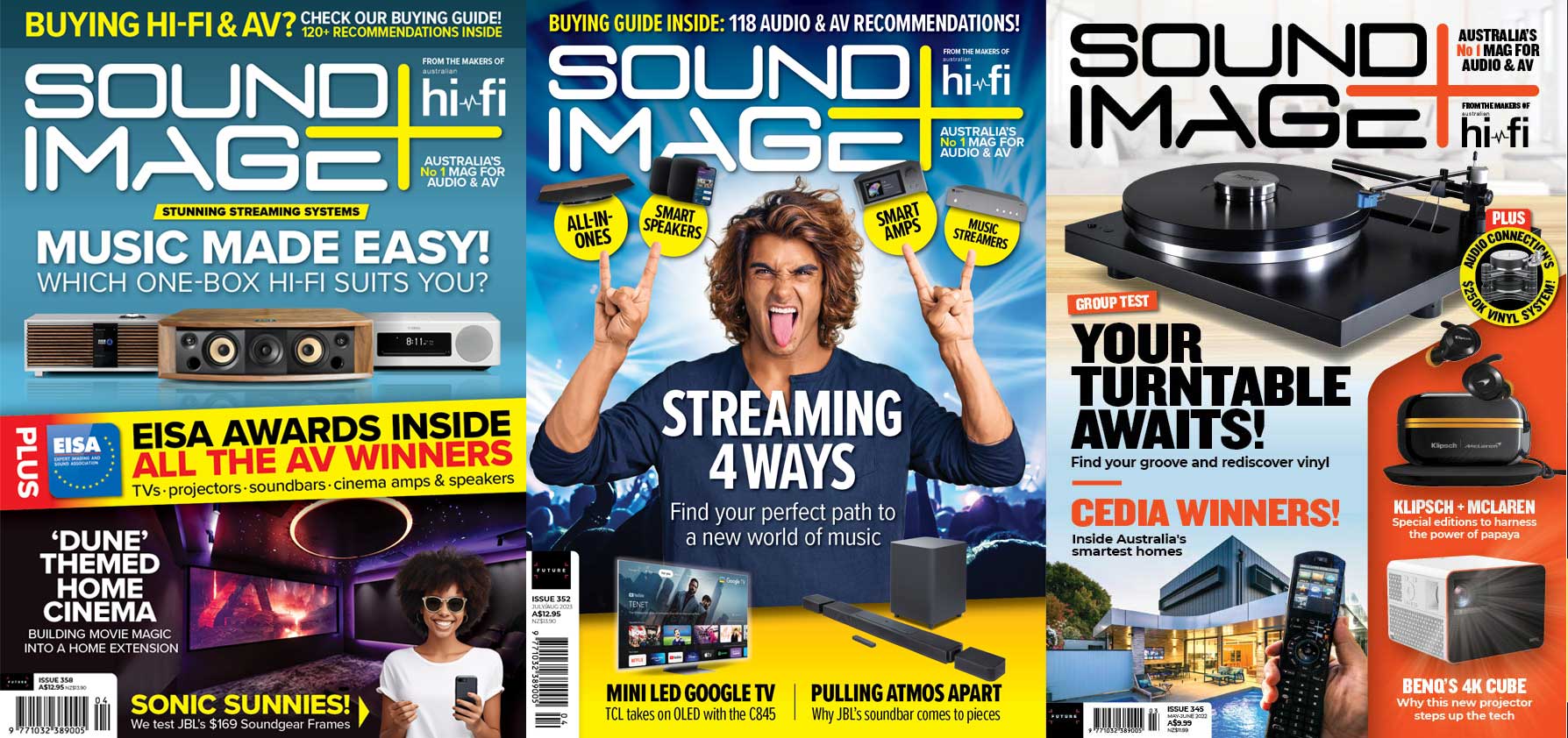
This review originally appeared in Sound+Image magazine, Australian sister publication to What Hi-Fi?. Click here for more information on Sound+Image, including digital editions and details on how you can subscribe.
We must say it was a delight, after finishing a group test for Sound+Image of high-end wireless noise-cancellers loaded with features and apps and buttons and swipey headshells, to turn to a pair of headphones which have no buttons, no app, no Bluetooth codecs to worry about.
These are cabled headphones, and also open headphones, a very different breed. Plug them in, and play. No commuting with these, nor sitting next to your loving partner (ours complained even when we were eight metres away on the deck): these headphones spill their sound outward almost as much as inwards, and those around won’t thank you for them – unless of course you’re in a studio and everyone else is wearing a pair.
The latest hi-fi, home cinema and tech news, reviews, buying advice and deals, direct to your inbox.
Not that you’d wear them for recording, either – you don’t want your backing track bleeding onto your vocal track from open headphones. It’s in the mixing where open headphones are desirable for use. Mixing on known and neutral speakers is still the way, but doubling up on headphones helps take the room acoustics out of a mix, can better check the bass frequencies, while also ensuring that songs sound right on headphones, which is how so many listeners will later enjoy them.
So in that regard, neutrality is essential in such a headphone, a balanced performance to ensure your mix plays good on everything else afterwards. Audio-Technica seems to have gone still further in that direction with the ‘a’ enhancement here over that previous ATH-R70x; that model used damping in its acoustic design to add a little low-frequency emphasis – most of us like a bit of that, but you don’t want it when mixing a track. So in the R70xa, the damping has gone, and all you’re hearing is the diaphragm.
That doesn’t mean they’re short of bass response: their quoted frequency range descends to a subterranean 5Hz, while rising to an equally inaudible 40kHz, though this is stated without envelopes. But there’s no bass push: no acoustic tweakery to resonate and potentially distort.
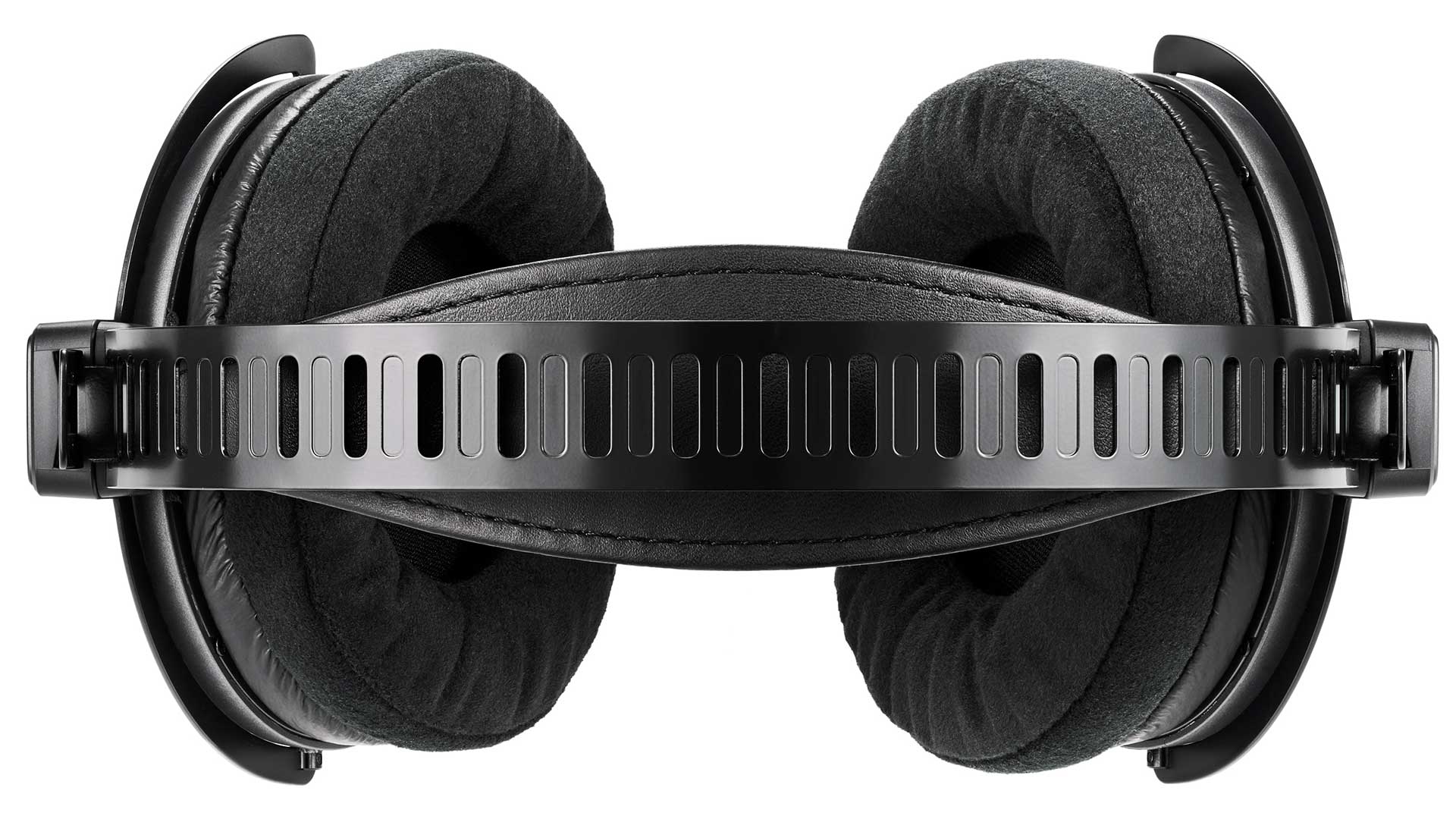
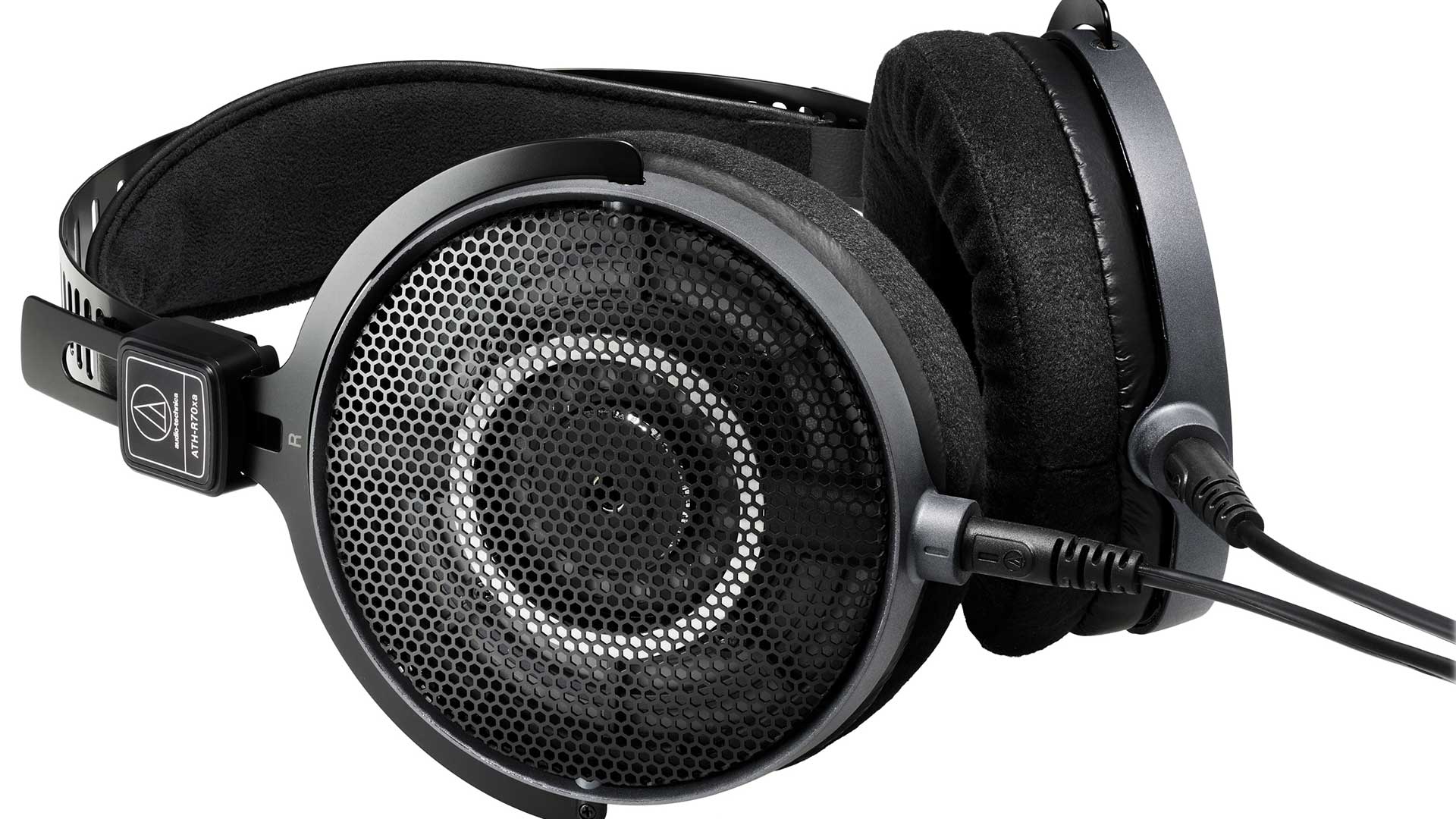
Type: Referens med öppen baksida
Driver: 45mm
Impedance: 470 ohms
Sensitivity: 97dB/mW
Weight: 199g without cable
That partly explains the look and feel of the headphones. They are incredibly light, just 199g not counting the cable; put them on and you can hardly feel them. Their construction is so skeletal that you can see the sunlight through the entire headshell, even through their 45mm diaphragms.
The headband is sturdy but thin metal, punctured with holes to make it lighter still, and connecting aviator-style to equally thin metal yokes hinging onto the circular earcups. These are backed by only the construction holding the diaphragm in place and then a perforated outer metal grille, while they are fronted by comfy replaceable velour earcups. We gather that despite a price under A$500 these headphones are handcrafted in Audio-Technica’s facility in Machida, Tokyo, which is the company’s longstanding headquarters and innovation hub – still in the same location to which the founder Hideo Matsushita moved the company three years after setting up in an apartment above a ramen shop in Shinjuku in 1962, with three employees hand-assembling the company’s first cartridges. Each R70xa is built in-house at Machida and then tested before leaving the factory.
As for electrical specifications, these are currently listed in Swedish on the Australian site (their ‘type’ is thus marvellously described as Referens med öppen baksida), with sensitivity listed at a not-unusual 97dB/mW, but the impedance high at 470 ohms. This reflects again their professional use, as this is too high an impedance to be driven easily from a smartphone (if you had one with a headphone socket) or even a laptop. They’ll need something with a higher voltage swing to avoid potentially sounding weedy: even some amplifier outputs or small mixing desks may have relatively high output impedance; these headphones need something lower – below a tenth of their 470 ohms, so either a good mixing desk headphone output or a dedicated headphone driver (valve-driven headphone amps could also work nicely). We put a little iFi Diablo 2 in charge, left them playing to themselves for the best part of a week lest they needed to loosen up, then sat down to listen.
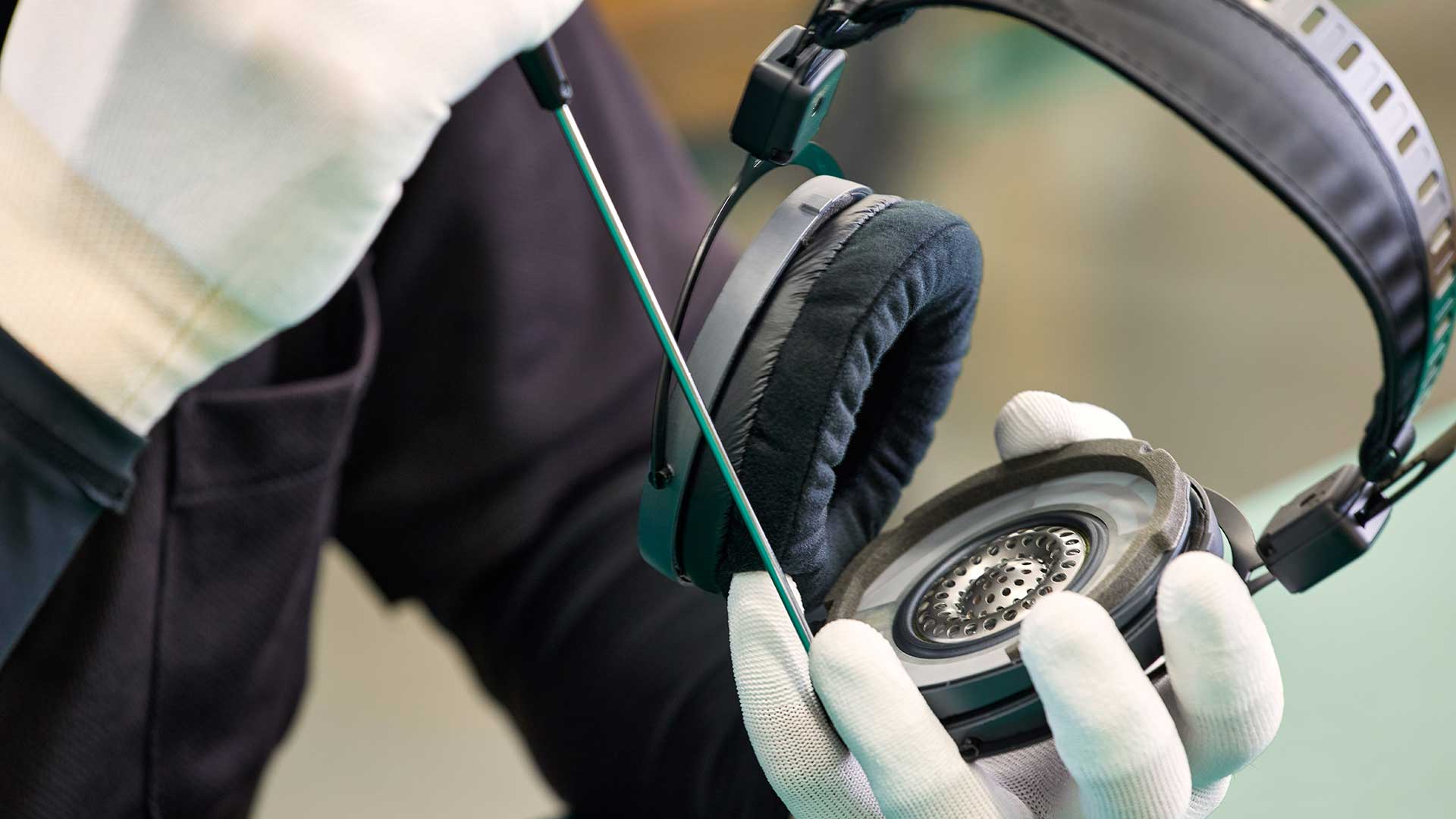
Listening sessions
Three metres of cable is a good length for relative safety in a studio or at home; too long spent under wireless headphones may have you walking off while still attached. Audio-Technica’s cable attaches to both headshells with a twist to secure them. It’s not clear which bit of cable is left and which is right, but the company claims it doesn’t matter; left will be left and right right. We tried this and it’s true; we have no idea how this is done! We gather it’s a “dual-sided” cable and the wiring auto-routes the left and right signals based on how the cable is inserted. Still don’t understand how, but it’s darned useful.
From the very first listen, we simply didn’t anticipate the bass that would be on offer. There it was, thumping away, fat and full in the centre of Wet Leg’s don’t speak, so in-yer-face that at times it almost sat on top of the vocals of the verse. This wasn’t what we had expected at all. It improved still more when we switched to iFi’s Go Bar Kenzai, a tiny USB DAC capable of 196mW into the 470 ohms here: it brought the vocal back out into space and delivered an even tauter bass line from what is a strongly mastered production not unaffected by its dynamic compression. But we reckon what we heard here was just what they’d have loved hearing when they were in the studio. You can’t ask more of hi-fi equipment than that.
Clearer production yielded cleaner listening; on Big Thief’s All Night All Day,
Adrianne Lenker’s story-telling and country harmonies drifted distortion-free and shining from the R70xa, with Hacketty guitar blippery and again, a lovely full and fully-extended bass line, sounding here utterly natural.
We could see where this review was going – everything was sounding gorgeous, while individual elements were knocking us out with the clarity of presentation flowing here.
And so it continued. The Lemonheads’ The Key of Victory opens with a bit of actualité, but is really a nut-tight production, nicely-edged guitar-plucks flanking the deep and resonant close-miked vocal, while again, the bass! Bass players will just love these headphones for such pure and perfectly extended bass sound – and because they reproduce it accurately, straight from the diaphragm, rather than attempting to use DSP and chamber resonance to deliver something more forced. If you mix music on these headphones, the resulting file should play right on similarly well-adjusted equipment anywhere.
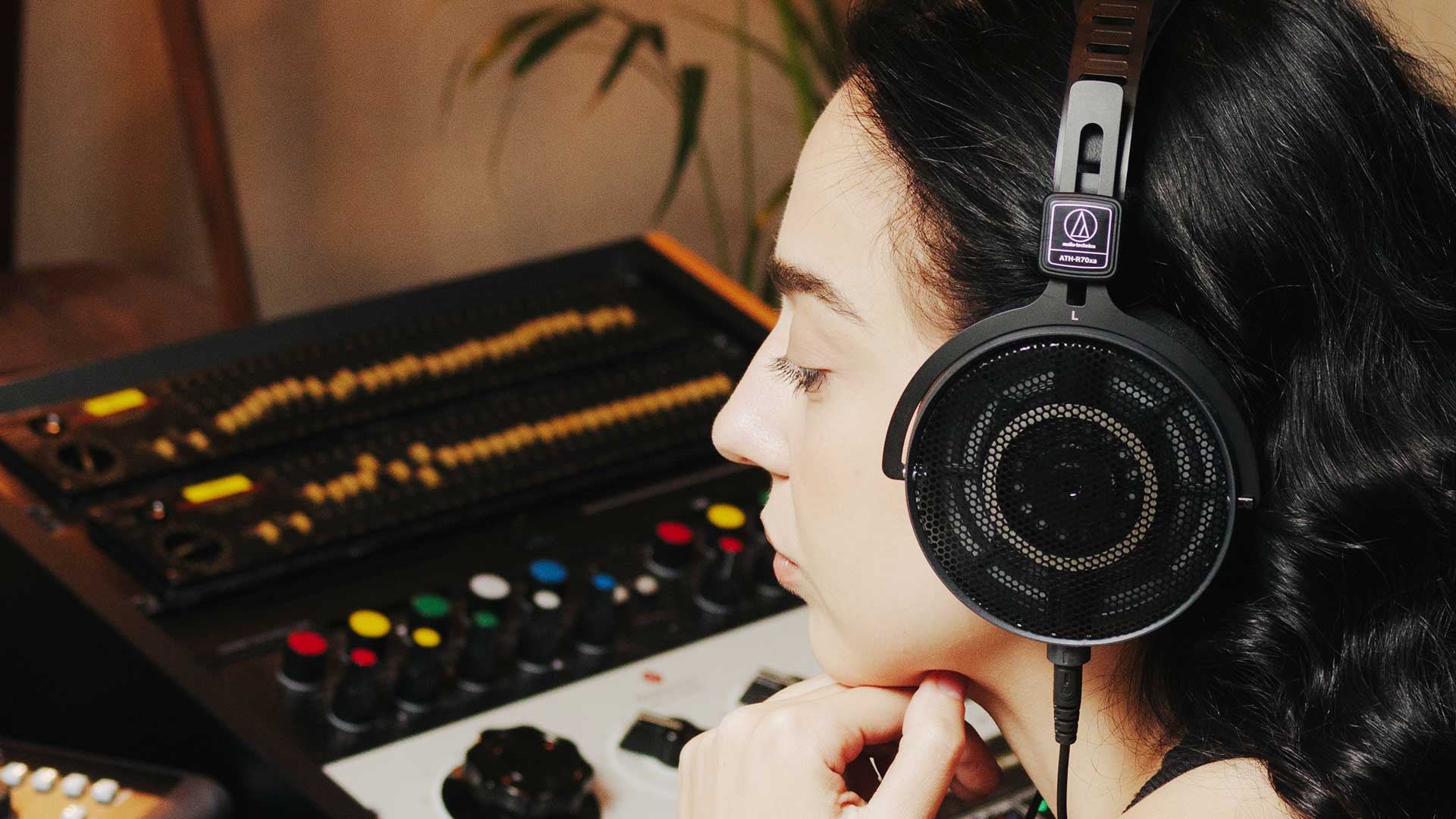
We should say that yes, we’ve heard such natural-sounding open headphones before, and some have opened up the high-end still higher; here you’re not quite into the holograms of planar-magnetic speed and clarity. But you won’t get a planar magnetic of that quality at thi price, nor might it match the solidity and naturalness of the bass here. We wish we still had the R30x to hand, that entry-level model, so that we could compare them side by side. So many of the notes we made on the mids and highs of the R70xa were similar to those from the cheaper headphone, which was also pretty full down low and balanced overall, while also being similarly light as a feather to wear.
But where the R70xa certainly excels over its junior partner is that remarkable bass delivery (when given good power), along with still tighter accuracy, delicacy and nuance in those scintillating higher frequencies.
We did shift the headphones around different supply sockets: they were rather less powerful-sounding from an AV receiver headphone stage, but sounded good out of a little Soundcraft mixing desk, and returned to form entirely when given the control of a Musical Fidelity DAC/headphone amp. We sat there and listened to an entire 3-CDs’ worth of Sonic Elements and Various Artists reimagining the whole of ‘The Lamb Lies Down on Broadway’, sitting so entranced that we made no notes and weren’t much good for anything else afterwards.
Again, for £299 / US$379 / A$499. Just remember to bring a little power to have them play at their best.

Verdict
Above those Swedish specifications on Audio-Technica’s Australian website, there’s a set of endorsements from music producers extolling the R70xa as mixing headphones – it’s quite the set of names, adding up to 19 Grammy wins between them. Comments include “the quality of imaging is amazing”, and “the stereo image became more of an immersive experience, which took me by surprise”, but the biggest theme among the endorsements is how much they love the “bass presence without being overhyped… it’s a cleaner way of hearing bass than the muddiness of many studio rooms”.
We agree entirely. Those raised on what is sometimes called ‘street’ sound – deliberately fat and pushed bass – they may never settle into the neutrality of the R70xa. For the rest of us, they’re a literal breath of fresh air for natural-sounding listening sessions, and potentially a mixing mainstay for those making their own music.

Jez is the Editor of Sound+Image magazine, having inhabited that role since 2006, more or less a lustrum after departing his UK homeland to adopt an additional nationality under the more favourable climes and skies of Australia. Prior to his desertion he was Editor of the UK's Stuff magazine, and before that Editor of What Hi-Fi? magazine, and before that of the erstwhile Audiophile magazine and of Electronics Today International. He makes music as well as enjoying it, is alarmingly wedded to the notion that Led Zeppelin remains the highest point of rock'n'roll yet attained, though remains willing to assess modern pretenders. He lives in a modest shack on Sydney's Northern Beaches with his Canadian wife Deanna, a rescue greyhound called Jewels, and an assortment of changing wildlife under care. If you're seeking his articles by clicking this profile, you'll see far more of them by switching to the Australian version of WHF.
You must confirm your public display name before commenting
Please logout and then login again, you will then be prompted to enter your display name.
